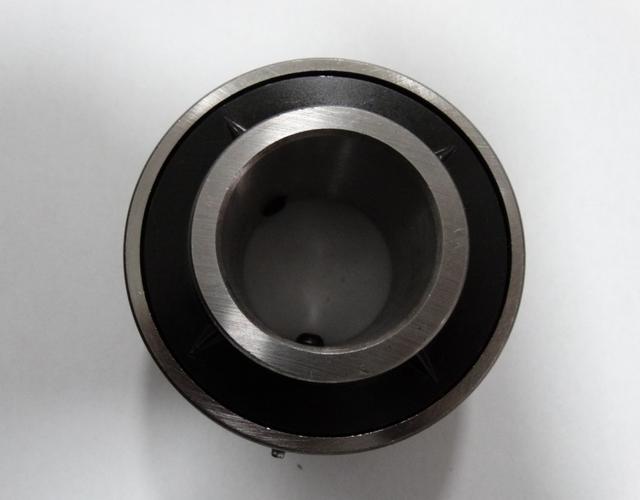A Comprehensive Guide to Different Types of Bearings and Their Applications
Bearings are mechanical components designed to reduce friction between moving parts while supporting axial or radial loads. Common types include ball bearings, roller bearings, plain bearings, fluid bearings, and magnetic bearings, each optimized for specific industrial applications. Understanding their differences ensures optimal performance in machinery.
1. ball bearings2. roller bearings
3. plain bearings
4. fluid bearings
5. magnetic bearings
1. Ball Bearings

Ball bearings are the most widely recognized type, utilizing spherical rolling elements to handle both radial and thrust loads. They consist of inner and outer rings with a cage maintaining ball spacing. Their low-friction design makes them ideal for high-speed applications like electric motors and hard drives. However, they may deform under excessive loads. Stainless steel or ceramic materials enhance durability in corrosive environments. Regular lubrication extends their lifespan. Industries such as automotive, aerospace, and robotics rely heavily on ball bearings for precision motion control.
2. Roller Bearings
Roller bearings use cylindrical, spherical, or tapered rollers instead of balls, providing greater load-carrying capacity. Cylindrical roller bearings excel in handling heavy radial loads, while tapered variants manage combined loads in wheel hubs. Spherical roller bearings accommodate misalignment in mining equipment. Their larger contact area reduces stress but increases friction compared to ball bearings. Common applications include conveyor systems, gearboxes, and wind turbines. Proper alignment and lubrication are critical to prevent premature wear. Heat-treated steel ensures resilience in demanding industrial settings.
3. Plain Bearings
Plain bearings, also known as sleeve bearings, operate without rolling elements. They feature a sliding surface between the shaft and housing, often lined with low-friction materials like bronze or PTFE. These bearings are compact, cost-effective, and suitable for oscillating or rotational movements in engines and pumps. They require minimal maintenance but depend on continuous lubrication. Hydrodynamic lubrication creates a film under high-speed rotation, while boundary lubrication suffices for low-speed scenarios. Their simplicity makes them ideal for household appliances and hydraulic cylinders.
4. Fluid Bearings
Fluid bearings replace physical contact with a pressurized liquid or gas layer, eliminating wear and enabling ultra-smooth operation. Hydrostatic variants use external pumps, whereas hydrodynamic types generate pressure through shaft rotation. They excel in high-precision applications like turbines, MRI machines, and satellite components. Benefits include near-zero friction, vibration reduction, and infinite lifespan under stable conditions. However, complex systems and energy costs limit their use to specialized fields. Material compatibility with fluids like oil or water is essential to prevent corrosion.
5. Magnetic Bearings
Magnetic bearings employ electromagnetic forces to levitate rotating shafts, eliminating physical contact. They offer frictionless operation, extreme speeds, and minimal maintenance in compressors, flywheel energy storage, and advanced manufacturing. Active systems use sensors and controllers to adjust magnetic fields dynamically, while passive systems rely on permanent magnets. Challenges include high initial costs and susceptibility to power outages. Hybrid designs combine magnetic and traditional bearings for redundancy. Their precision supports industries requiring clean environments, such as semiconductor production.
Selecting the right bearing type depends on load requirements, speed, environmental conditions, and maintenance capabilities. Ball bearings suit high-speed applications, while roller variants handle heavier loads. Plain bearings offer simplicity, fluid bearings provide precision, and magnetic systems deliver futuristic efficiency. Understanding these differences ensures machinery longevity and performance. Explore each type in detail to optimize your mechanical designs and avoid costly operational failures.
In conclusion, bearings are indispensable components in modern machinery, with each type addressing specific challenges. From ball bearings in everyday devices to magnetic systems in cutting-edge technology, this guide equips you with the knowledge to make informed decisions. Proper selection and maintenance will enhance efficiency, reduce downtime, and extend equipment life.




 13869596835
13869596835